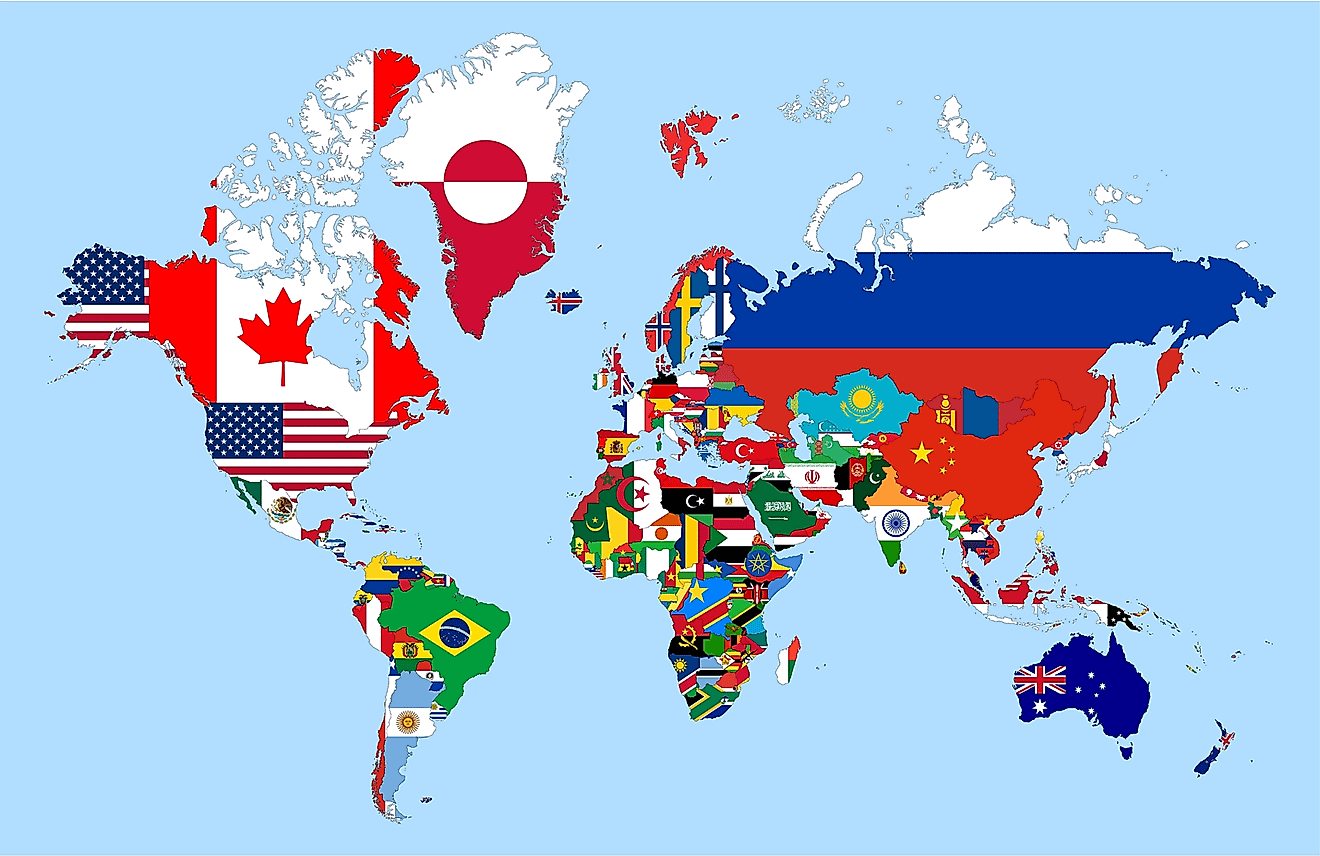
Throughout history, numerous countries have traversed the intricate pathways of industrialization, yet few have done so under the stringent auspices of an autocratic regime. The overarching control and centralized authority wielded by such governments have often resulted in accelerated progress, albeit accompanied by significant sacrifices. This article delves into the salient dynamics of how centralized governance can galvanize industrial development, unraveling the intricate relationship between power and progress.
To comprehend the unique phenomenon of industrialization under autocratic governance, one must first explore the historical context. The late 19th and early 20th centuries stand as a crucible for industrial growth in various nations, notably Russia, Germany, and later, China. These countries exemplified the synergetic potential of a concentrated governmental apparatus steering economic transformation amidst societal upheaval.
Russia serves as a quintessential example of this paradigm. Following the seismic disruptions of the Russian Revolution in 1917, the Bolshevik regime emerged, determined to reshape the socio-economic landscape through aggressive industrialization. This movement was driven by the vision of a communist utopia, where the means of production were collectivized, and the state assumed the role of the principal economic actor. The Five-Year Plans, initiated in 1928 under Joseph Stalin’s leadership, epitomized the autocratic approach to industrial advancement. The state orchestrated a formidable mobilization of resources, influencing every sector from heavy industry to agriculture.
The sheer scale of the Soviet Union’s industrial mobilization was unprecedented. Factories sprang from the ground, cities were transformed, and a vast workforce was redirected towards heavy industries, such as steel and machinery production. The central command facilitated robust infrastructure development, including railroads and power plants, which, although constructed with fierce labor and often inhumane working conditions, significantly altered the economic fabric of the nation.
However, such ambitious endeavors came at a considerable cost. The human toll was staggering. Millions were relocated to urban centers, where they encountered harsh working environments and little regard for individual rights. The centralized power structure quelled dissent, and opposition to the regime’s policy was met with severe repercussions. Yet, the paradox remains: this very autocratic framework allowed for leaps in industrial capabilities that would have been unlikely in a more democratic environment, where consensus and debate might hinder rapid execution.
Transitioning to Germany, the story of industrialization under autocratic rule is similarly compelling. The rise of the Nazi regime in the 1930s brought about a ferocious industrial revival, triggered by dire economic conditions following World War I. Adolf Hitler’s government implemented expansive militarization policies that doubled as an industrial revitalization tactic. Through a series of state-sponsored economic initiatives, the regime centralized control over industries, channeling national resources toward armament production and infrastructural projects like the Autobahn.
While the impetus for this industrialization was marred by the moral implications of totalitarianism and militarism, the results were evident. Germany transformed into an industrial powerhouse, with production capabilities drastically enhanced. The nation showcased how centralized control can effectively harness and mobilize a society towards a singular economic objective.
In juxtaposition to Russia and Germany, the case of China under the Communist Party illustrates a contemporary exhibition of similar dynamics. Post-1949, under Mao Zedong’s leadership, China embarked on a journey of radical industrial reform. The Great Leap Forward initiative, although rife with contention and ultimately disastrous, was emblematic of the party’s ambition to catapult China into an industrialized era.
Despite the catastrophic failures, such as the resultant famine, the regime’s relentless drive toward industrialization laid the groundwork for future economic policies, which, in more recent years, have culminated in China’s status as a global economic superpower. The Party’s tight grip on the levers of power facilitated a rapid restructuring of the economy that might have been stymied by the cumbersome processes typical of democratic governance.
Critically examining these instances reveals a recurring theme: autocratic regimes wield a unique advantage in rapid industrialization through centralized decision-making. This governance model permits the swift allocation of resources and the enforcement of policies with little to no opposition. The pretext of unity under a singular vision can galvanize a nation into action, forging ahead in industrial capacity while bypassing the nuances of democratic deliberation.
Nevertheless, the debate surrounding the morality and sustainability of such approaches persists. The psychological and societal ramifications of authoritarian rule often leave indelible marks on the populace. The sacrifices borne by the citizenry, manifesting in oppression and lack of personal freedoms, cast a shadow over the accomplishments of industrial growth. Therefore, while the narrative of centralized progress is alluring, it is inextricably linked with ethical considerations regarding governance and human rights.
In conclusion, the evolution of nations like Russia, Germany, and China demonstrates that industrialization can indeed flourish under the aegis of autocratic governments. Their centralized power structures have enabled rapid growth, albeit with profound societal costs. As modern policymakers ponder paths to economic advancement, the lessons gleaned from these historical precedents provoke essential questions: Can progress justify the means? What price is society willing to pay for rapid industrialization? The interplay of power, governance, and progress remains a captivating and deeply complex tapestry that continues to unfold.
